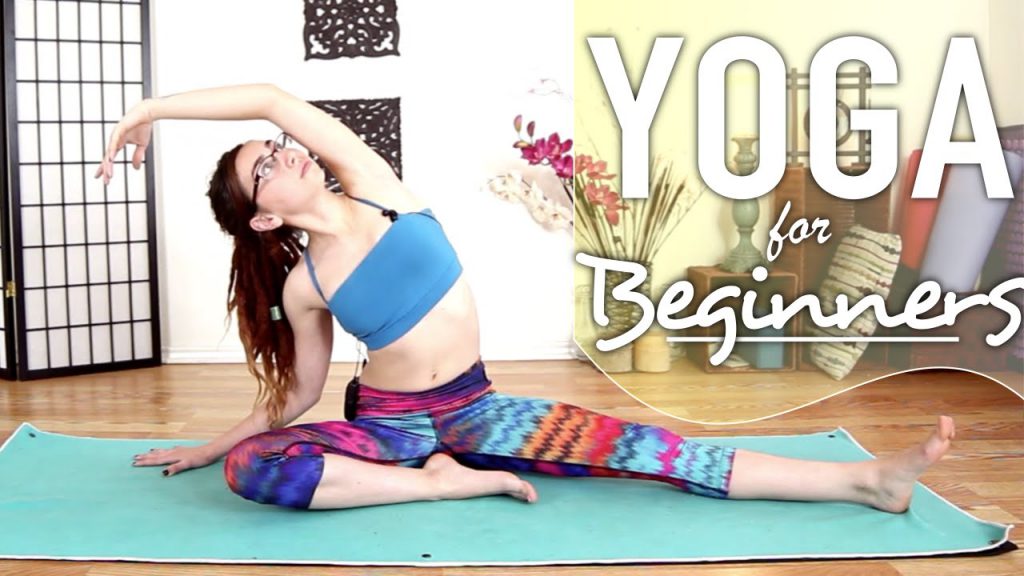A Native American Breathing Technique to Calm the Emotions
When we perceive any situation, whether it’s an activity, a sport, a fight or anything else, it’s important to be able to observe without getting emotionally involved.
When you see someone in great pain, your emotions may want to jump in so you can both have a good cry together — someone who cries with them might help a little, but very little.
You can be of greater help if you are strong enough to lift that person’s spirits up and not allow your emotions to get in the way. It’s called empathy — you put your mind in that persons situation, but only your mind while you stand in a safe place and try to bring that person to the same point of safety where you are.
There are many, many situations where you could allow your emotions to take over, but you would not be of much help if you did. You can go through the children’s ward in a hospital where some children are all bandaged up, some might be in pain and they look to you with eyes full of hope, “Can you help me?” You look down feeling helpless but even then you cannot allow your emotions to take over.
You can be of more use to that child by just observing what it really seems to need and tenderly trying to give it courage and allay some of the fears and pain the child is feeling.
By standing aside, you can lend help, strength and hope. Contact the One you go to with your own problems and ask that He might intervene at this time. “If at all possible touch this child with Your healing hands and if it’s within Your will, please let this child be free from pain and begin to smile and enjoy life.”
You yourself might want to cry when you see this situation, but to be of help you must become passive. To learn how to observe without becoming overwhelmed with emotions, you can do deep breathing — visualize that you are breathing in power from On High to bring you strength.
You’re not throwing your emotions out, you’re not repressing them, they’re still there, but you want to be strong enough to do some good for yourself as well as for others.
After you breathe in strength, exhale the desire to go to pieces and cry. It’s not going to make you cold or insensitive. It’s going to help you learn to eventually control your own emotions so you can be of some help.
One of the most difficult parts of my training was learning to observe without judgment and without getting myself emotionally involved — but that’s the way you can better dispense your own power in ways that can truly help people.
A Native American Breathing Technique to Calm the Emotions by Molly Larkin



